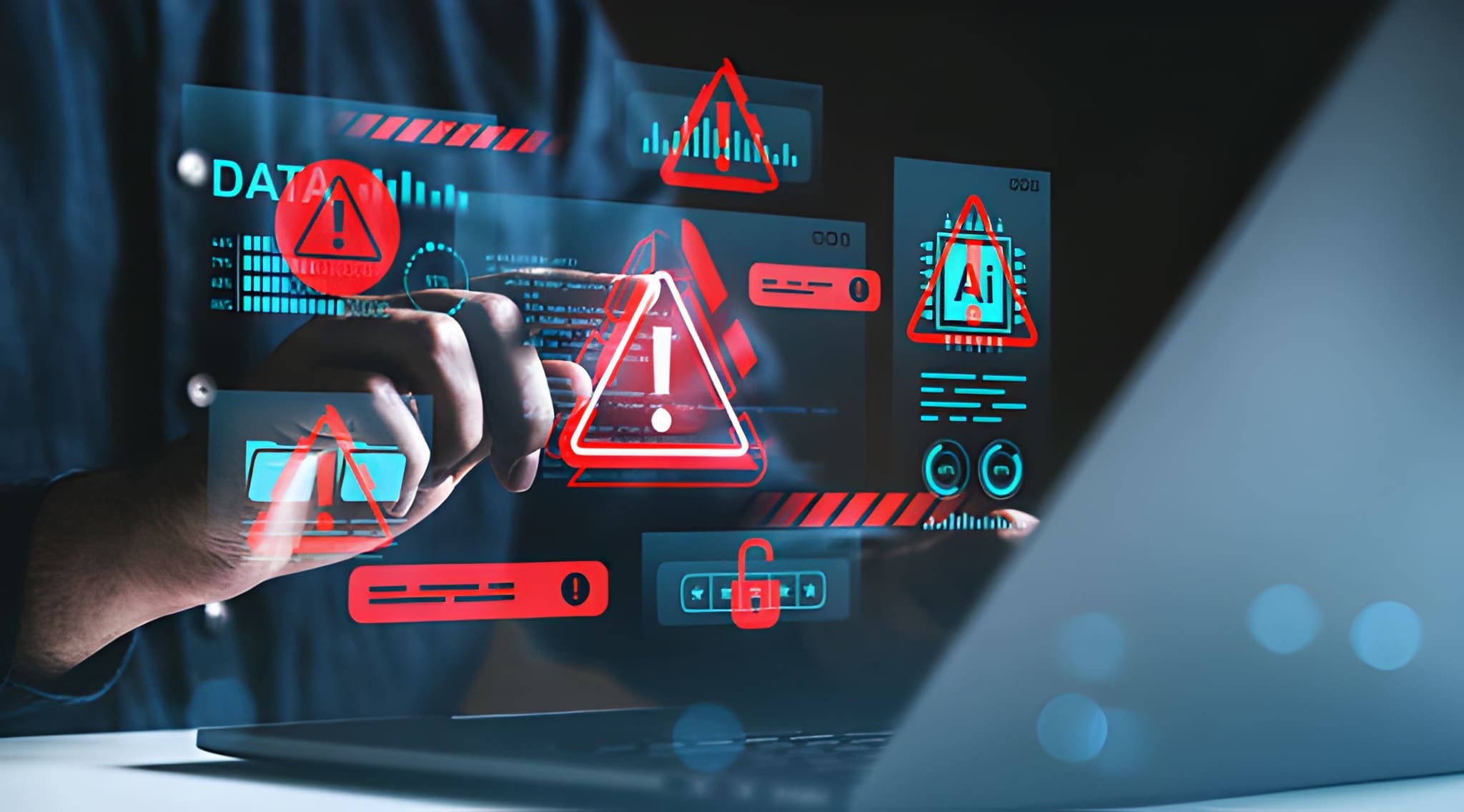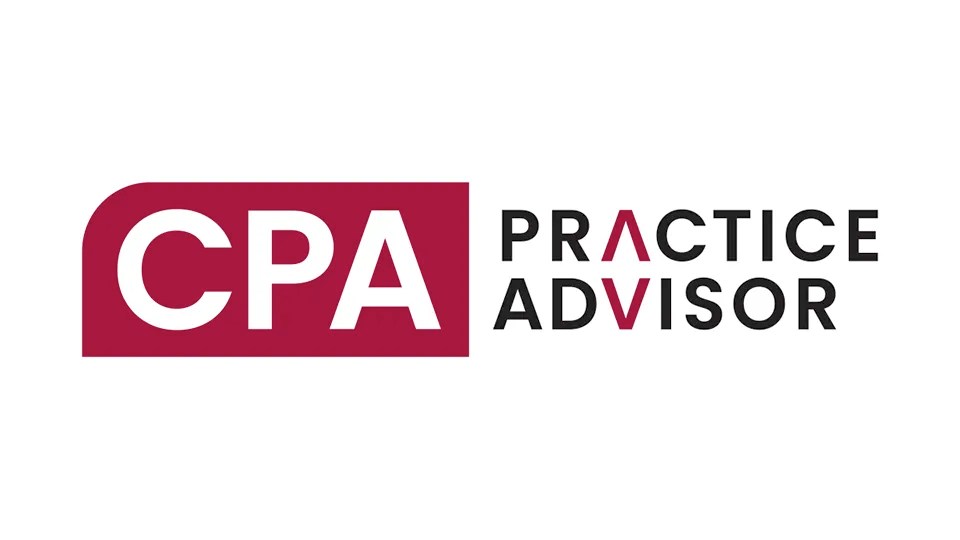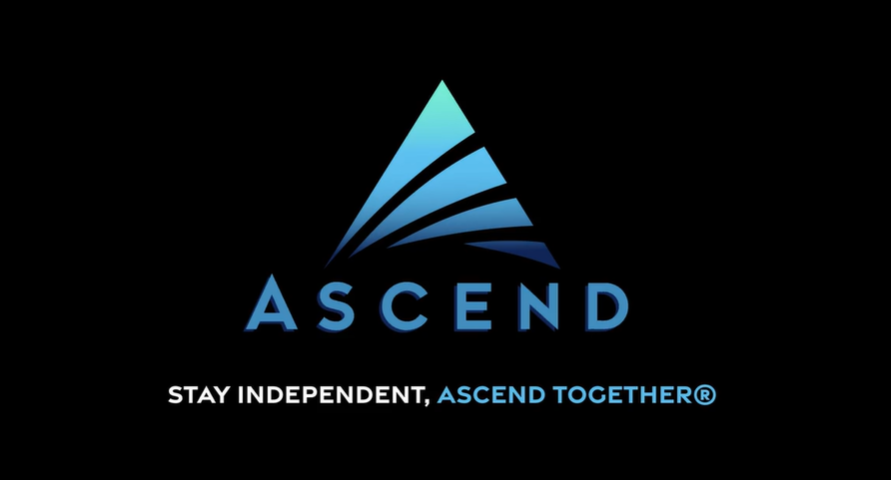By 2020, more than 80 percent of software providers will change their business models from “traditional” perpetual license and maintenance to subscription-based models. A perpetual model requires customers to pay a fee upfront to purchase a license for the system or application, whereas a SaaS model requires requires a monthly subscription fee. While some providers, such as Dropbox, were created “as a service,” thousands of other software vendors that started out with traditional licensing models are realizing that gaining market share means embracing the preference for SaaS.
Eighty-four percent of new software today is delivered as SaaS. This percentage is expected to increase as existing providers transition to a subscription-based model. Yet, many software providers are ill prepared for the unique challenges and opportunities that come with managing customer subscriptions and transitioning to a SaaS model.
One challenge is how software providers manage their order to cash process and capture, share and use financial metrics internally. In transitioning to a SaaS model or developing a SaaS business, many utilize spreadsheets, disconnected systems and other manual processes to manage their recurring revenue business. Often, these companies take the same processes and principles used to manage a traditional software business and implement them in the SaaS business, which simply doesn’t work long-term.
If you aren’t working with a SaaS business now, the chances are high that you soon will. As an accounting professional, it is important to understand the differences in managing the operations and finances of a traditional software business versus those of a SaaS business.
The Problem with Spreadsheets
Spreadsheets, which are embedded in the foundation of traditional accounting and bookkeeping, are unable to function effectively in the dynamic and constantly shifting nature of a SaaS business. Subscription terms can vary and come in multiple forms, and end-user agreements can change daily. A business can quickly end up managing multiple, disconnected spreadsheets and periodic financial reporting becomes inefficient, taking far longer than it should. This process is highly susceptible to errors, and makes it nearly impossible to efficiently generate accurate operational and financial reporting data.
With spreadsheets, real-time operational and financial metrics are difficult to produce and as the metrics are often inconsistently defined, there is a high risk that the data is unreliable. This can have a profound effect on the ability of a business to use financial and accounting data to make informed decisions. In addition, during an audit, the inability to produce reliable operational and financial data makes the process extremely cumbersome and painful.
In the early stages, many SaaS businesses supplement spreadsheets with general ledger software as an “easy option,” but quickly realize that general ledger software doesn’t efficiently manage subscription revenue recognition or subscription billing, especially if the contracts include sales-negotiated behavior, which is required in accordance with ASC 606 Revenue from Contracts with Customers.
The Difference in Revenue Recognition
Mistaking cash for revenue is a common pitfall in assuming that managing a SaaS business is the same as managing a traditional software business. There’s a reason revenue recognition gets complicated with SaaS. In accordance with U.S. Generally Accepted Accounting Principles (GAAP), an entity cannot fully recognize revenue from a contract until the agreed-upon services have been delivered. With varying contract lengths, bundled services and the occasional non-standard service, SaaS businesses require the ability and the flexibility to recognize revenue in a manner consistent with their agreements and in accordance with GAAP.
In B2B SaaS, this may include a combination of amortizing revenue over the term and recognizing revenue upon the completion of certain contractual milestones. This is further complicated by the inherent customer contract volatility in SaaS businesses. Software upgrades, downgrades, renewals, re-negotiations of renewals, upgrade-extensions, cancellations and early terminations are all fair game in B2B SaaS and they all put pressure on financial operations teams as general ledger software and spreadsheets are poorly suited for revenue accounting due to the extensive contract variations among customers.
Revenue recognition is easy to understand conceptually but can become extremely complicated in practice. Accounting standards boards and regulatory agencies have established complex guidelines to reign in aggressive revenue recognition actions that inflate actual performance. Thus, it is critically important to ensure recurring software revenue is recognized consistently and adheres to ASC 606.
GAAP Financials and Accurate Metrics
In a recurring revenue business, you must have solid GAAP financials and accurate metrics. This is another reason that relying too heavily on spreadsheets is problematic.
GAAP financials indicate where the business stands today, but reveal very little about the composition (new vs. existing) and reliability (high vs. low churn) of recurring revenue. It’s important for subscription businesses to track SaaS-specific metrics such as monthly recurring revenue, annual recurring revenue, average contract value, customer lifetime value, churn and customer acquisition costs.
Automation is Key
The key to successfully managing the finances of a subscription-based business is automation. Subscription management solutions can eliminate the need to re-key information or manually enter data by automatically turning closed opportunities into GAAP-compliant customer, contract, subscription, revenue and invoice schedules—information that can also flow automatically into the general ledger system. They will also provide the polished, accurate revenue recognition and financial metrics that will inform operational decisions, streamline audits and satisfy potential investors or buyers.
==================
Tim McCormick is the Chief Executive Officer for SaaSOptics, an affordable and flexible subscription management platform for emerging and growth SaaS and subscription-based businesses. Founded in 2009 by entrepreneurs who lived the challenges of running their own SaaS business, SaaSOptics is the only solution that can scale with a growing business, providing the day-to-day financial management capabilities needed and the auditing, reporting and analytics that are critical for future growth.
Thanks for reading CPA Practice Advisor!
Subscribe Already registered? Log In
Need more information? Read the FAQs




